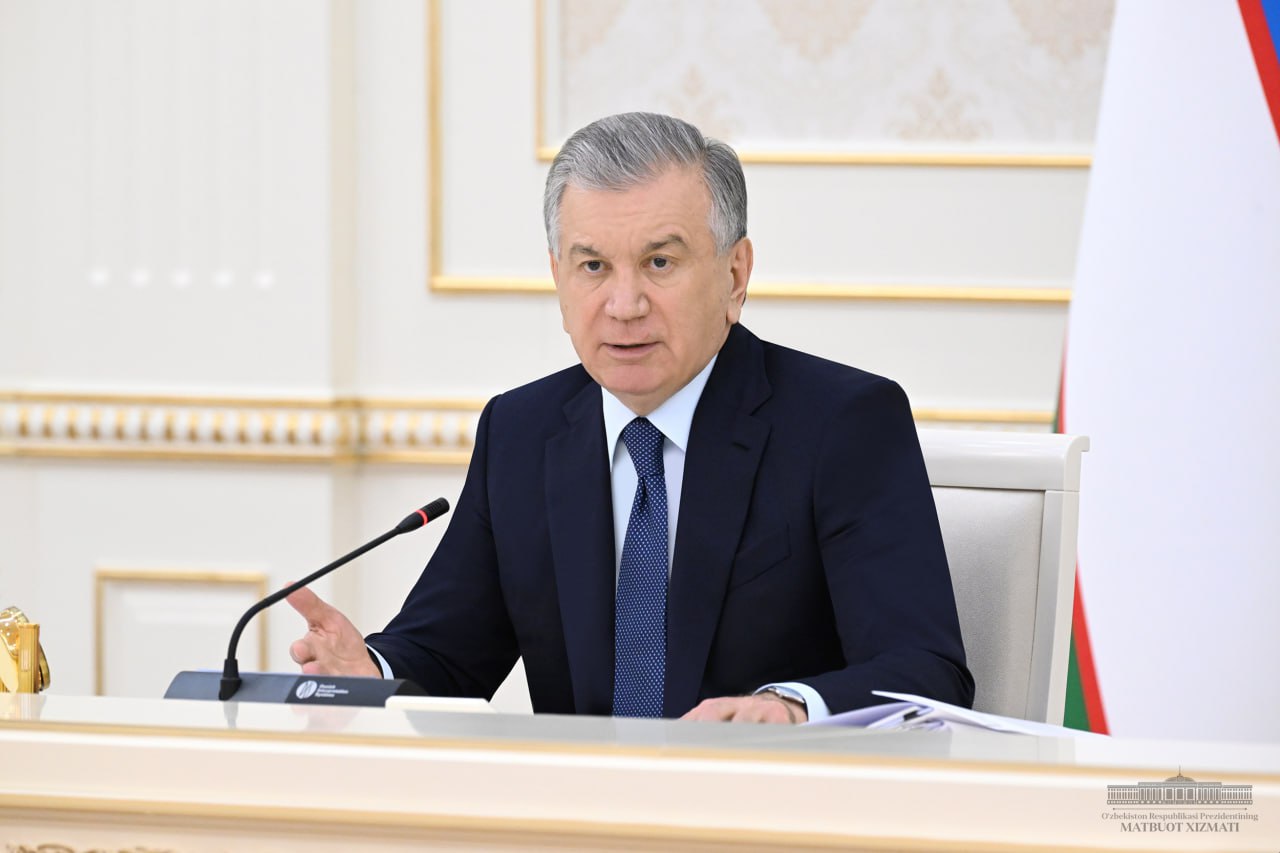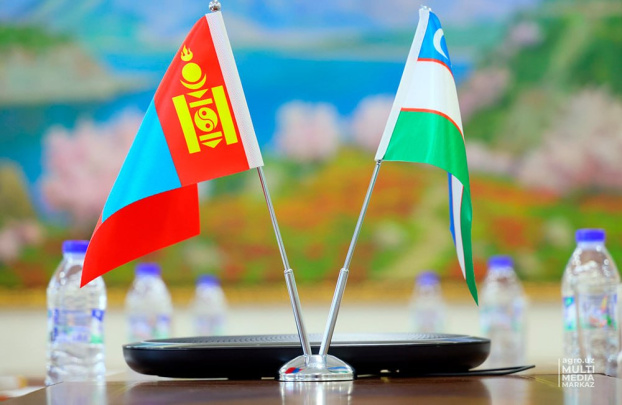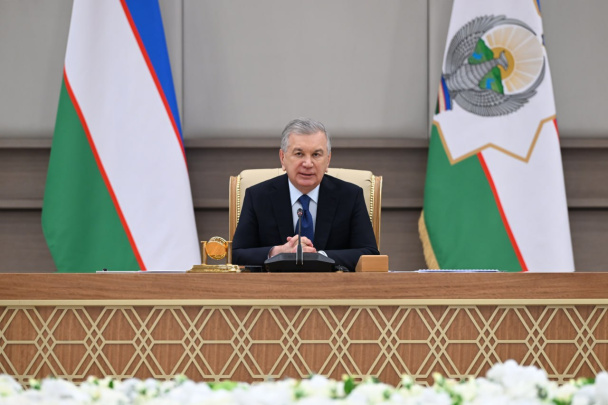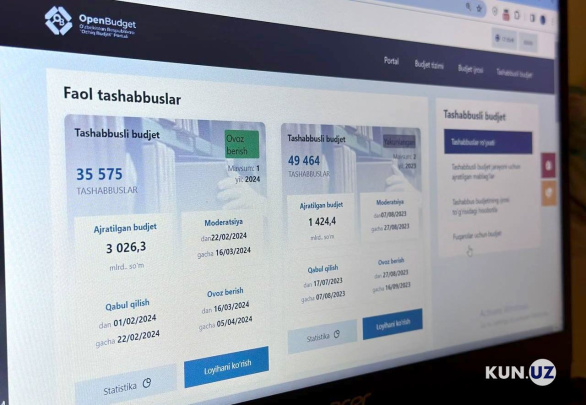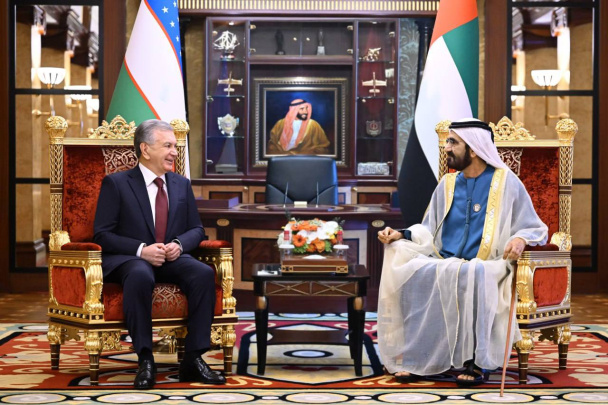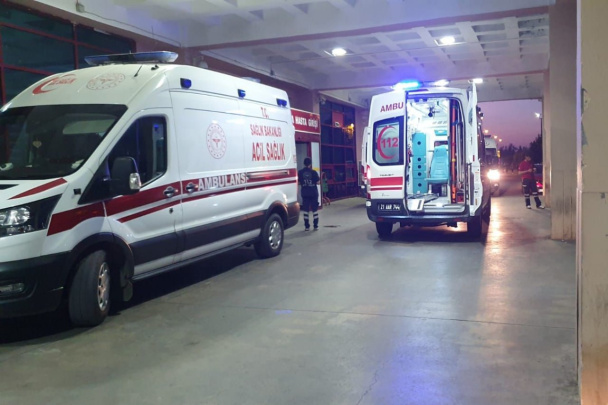The reserves and opportunities available in each area, industry and region were carefully analyzed to increase state budget revenues and optimize expenses.
First of all, specific tasks have been set to reduce production costs in industry by cutting costs in large industries. For example, it is estimated that in the fourth quarter of this year, costs at 349 large industrial enterprises can be reduced by 2.1 trillion soums. In order to systematically continue this work, the government has been instructed to develop a program to reduce costs in large industries by 15-20% next year.
It is emphasized that a “breakthrough” in agriculture is impossible without innovation. In this regard, the task was set to increase the yield of cotton to 50 centners per hectare, grain - up to 100 centners per hectare through the widespread use of modern scientific achievements in the field of soil science, breeding and agricultural technology.

The water problem in our region is becoming more acute. Over the past two years, 22 trillion soums have been allocated from the budget for water management, including about 1 trillion in subsidies for water-saving technologies.
In this regard, the importance of increasing allocations for concreting irrigation canals and introducing water-saving technologies was emphasized. In particular, water infrastructure projects worth 1.7 trillion soums will be implemented next year, as well as $300 million from international financial organizations. The head of our state dwelled on this issue in detail and said that a three-year program for concreting canals would be adopted.
The development of the social sphere is identified as a priority in the recently adopted Uzbekistan-2030 strategy. Much attention is paid to this in the draft state budget for 2024.
Thus, it is planned to allocate 102.5 trillion soums for the development of human capital next year. This is 15% more than this year.
Starting next year, the makhalla budget system will be fully launched. This means that each mahalla can be allocated up to 100 million soums.
The head of state noted that these funds should be directed primarily to projects that create jobs in the mahalla and alleviate the concerns of the population. Instructions were given to train mahalla chairmen in the new system of work, ensure accounting and control over the expenditure of funds.
The need to introduce changes to legislation aimed at tightening budget discipline has been identified. It is strictly stated that it is inadmissible to conclude contracts that involve the use of budget funds directly and to expand the practice of holding transparent competitions and tenders.
Opportunities have been considered for attracting $32 billion of investment in industries, areas and regions next year, as well as bringing exports to $19 billion.
The draft budget for 2024, finalized taking into account the opinions expressed at the meeting, will be submitted for consideration to the Legislative Chamber of Oliy Majlis.
The second issue on the agenda was the socio-economic development of the regions. The head of state, using the example of the Kashkadarya region, showed the possibilities of maximizing the achievement of indicators by the end of the year, and noted that development plans should be formed based on the needs of the population and problems characteristic of the region. It was noted that the ministries are responsible for the development of regions along with governors; they must conduct coordinated work to resolve issues in the areas.

